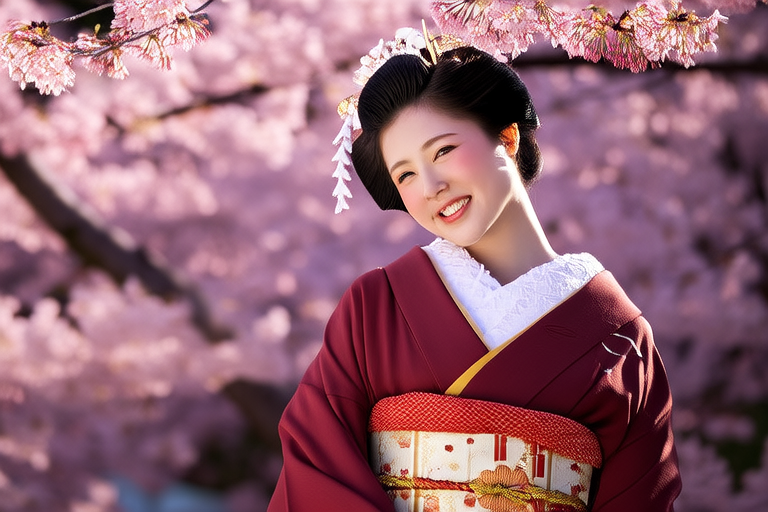Unveiling the Heart of Culture: Must-Know Global Traditions

Unveiling the Heart of Culture: Must-Know Global Traditions
Traveling is more than just visiting new places; it’s about immersing yourself in the essence of a destination. At the heart of every culture lies a tapestry of traditions, rituals, and customs that define its people and their way of life. Understanding these traditions is not only a way to deepen your appreciation for the places you visit but also a bridge to connect with locals on a meaningful level. Whether you’re sipping tea in a Japanese tea ceremony or dancing under the stars at an African festival, embracing cultural practices enriches your journey and fosters mutual respect. In this article, we’ll explore must-know global traditions from Asia, Africa, and Europe, delving into their significance and offering guidance on how travelers can engage respectfully.
Asia: The Art of the Japanese Tea Ceremony
In Japan, the tea ceremony, or chanoyu, is a ritual steeped in history and symbolism. Dating back to the 9th century, this practice is more than just preparing and drinking tea—it’s a meditative experience that embodies harmony (wa), respect (kei), purity (sei), and tranquility (jaku). Every movement, from the whisking of the matcha powder to the placement of utensils, is deliberate and precise, reflecting the Zen philosophy of mindfulness and simplicity.
The tea ceremony holds deep cultural significance, serving as a reminder of the transient beauty of life and the importance of being present in the moment. Historically, it was a space where samurai and aristocrats could set aside their social hierarchies and connect as equals. Today, it remains a cherished tradition that offers insight into Japanese aesthetics and values.
For travelers, participating in a tea ceremony is an opportunity to step into this world of serenity. To engage respectfully, dress modestly and follow the host’s lead. Pay attention to details like bowing when receiving the tea bowl and turning it slightly before drinking—a gesture that shows appreciation for the craftsmanship of the vessel. By approaching the experience with humility and curiosity, you’ll not only honor the tradition but also gain a deeper understanding of Japanese culture.
Africa: The Vibrant Celebration of Maasai Jumping Dances
In the vast savannas of East Africa, the Maasai people are renowned for their vibrant culture and deep connection to nature. One of their most iconic traditions is the jumping dance, known as the adumu. Performed during ceremonies such as weddings and rites of passage, this energetic display showcases strength, agility, and community spirit. Warriors form a circle and take turns leaping into the air as high as possible while others chant and sing in rhythmic unison.
This tradition is more than just entertainment; it serves as a rite of passage and a demonstration of masculinity and endurance. The higher a warrior jumps, the more respect he earns within the community. It’s also a celebration of unity, reinforcing the bonds between tribe members and their shared heritage.
Travelers who wish to witness or even participate in a Maasai jumping dance should do so with sensitivity and respect. While some tours offer opportunities to visit Maasai villages, it’s crucial to ensure that these experiences are ethical and benefit the local community. When invited to join the dance, embrace the moment with enthusiasm but avoid overshadowing the participants. Remember that this is a sacred tradition, not a performance for tourists. By engaging thoughtfully, you’ll create memories that honor the Maasai way of life.
Europe: Spain’s Flamenco Dance and Music
In southern Spain, flamenco is a passionate art form that encapsulates the soul of Andalusian culture. Combining intricate guitar playing, soulful singing (cante), rhythmic hand clapping (palmas), and expressive dance, flamenco tells stories of love, sorrow, joy, and resilience. Its origins trace back to the Romani people of Spain, blending elements of Moorish, Jewish, and Spanish influences into a unique cultural expression.
Flamenco is more than just music and dance; it’s a language of emotion. Each performance is raw and spontaneous, allowing artists to convey their innermost feelings through every stomp, clap, and note. This authenticity has earned flamenco UNESCO recognition as an Intangible Cultural Heritage of Humanity.
For travelers, attending a flamenco show in Seville, Granada, or Jerez is a must-do experience. To fully appreciate the performance, arrive with an open mind and heart. Avoid loud conversations or intrusive photography, which can disrupt the intimate atmosphere. If you’re invited to participate—perhaps by joining in the clapping—do so enthusiastically but respectfully. Learning a few basic rhythms beforehand can enhance your appreciation and show your respect for the art form. By immersing yourself in flamenco, you’ll gain a glimpse into the fiery spirit of Andalusia.
Conclusion: Embracing Traditions for Deeper Connections
From the serene elegance of Japan’s tea ceremony to the exuberance of Maasai jumping dances and the fiery passion of Spanish flamenco, global traditions offer windows into the soul of a culture. These practices are not merely performances or routines; they are living embodiments of history, values, and identity. For travelers, engaging with them respectfully allows us to move beyond surface-level tourism and forge genuine connections with the places we visit.
By taking the time to understand and honor these traditions, we enrich our travel experiences and contribute to a world where cultures are celebrated and preserved. Travel becomes more than a journey across miles—it becomes a journey across hearts and minds. So the next time you find yourself in a foreign land, take a moment to pause, observe, and immerse yourself in the traditions that make each culture unique. In doing so, you’ll return home not just with souvenirs, but with stories, insights, and a deeper sense of humanity.